Here is another article from our friend Tyler Prinzivalli up in Connecticut.
Preparing well for a day of racing or bashing can be the difference between having a blast, or going home early. A few important pieces of hardware can make organizing, hauling, and dialing-in your rig much easier – without breaking the bank.
Pit Setup
While most indoor tracks feature pit space and (sometimes) chairs – outdoor venues don’t always offer such amenities. Pit furniture can be as simple, or as complex as you want it to be. A couple folding chairs and an 8’ X 3’ table will comfortably accommodate 2 people with 1 vehicle each. If you’re expecting high temperatures and clear skies – it might be worth getting a collapsible tent to setup under. Sometimes the most serious racers take things to the extreme – setting up a mobile RC command center in covered, tow-behind trailers! (Ok, this would probably break the bank for most of us…)
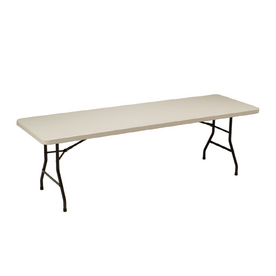
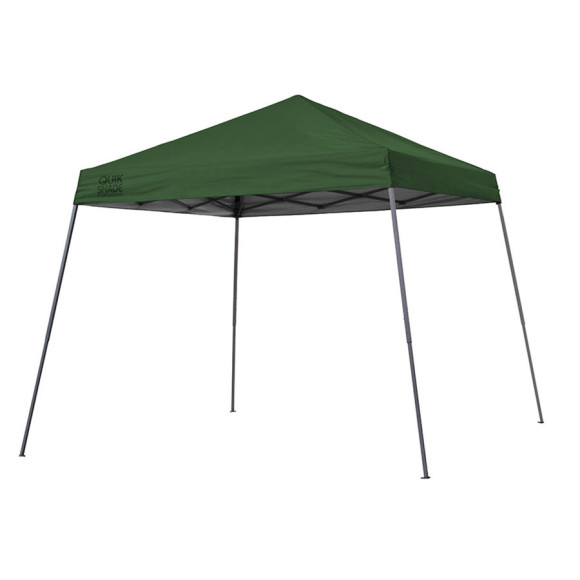
Carrying Case
Several manufacturers sell track / hauler-bags for transporting equipment. They can carry large vehicles, parts, tools, and are pretty durable. Unfortunately, not everyone can pony up half the cost of their race truck for a big gig-bag. As an alternative, head to your local big-box home improvement store and checkout the rolling tool boxes like the one shown below. Features to look for include:
- Pull out handle
- Large (~4-6” dia.) wheels (easy to roll)
- Lockable top (secure)
- Plastic construction (durable)
Make sure to consider space limitations at your local track before buying. If you won’t have room to stow a big hauler next to your pit-space you may be better off with a more compact or collapsible bag.
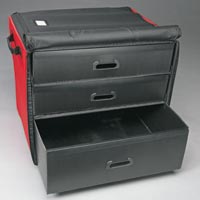
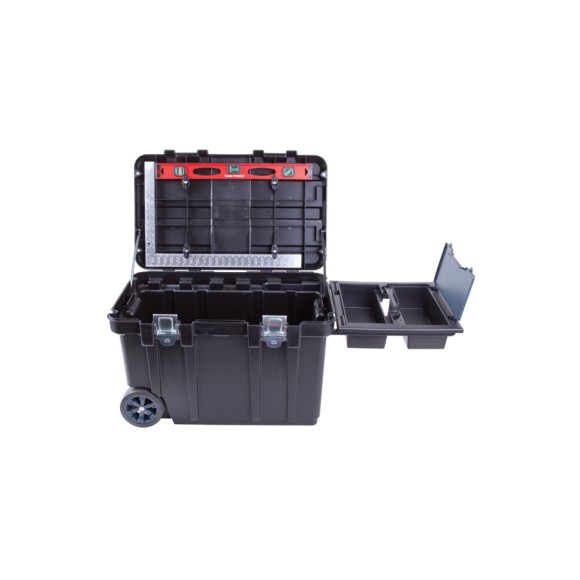 Tool Box
Tool Box
There are several features that make a great toolbox:
- Compartmentalized pull-out drawers (great for nuts, bolts, and small parts)
- Hinged top with open upper cavity
- Additional top-lid storage
I won’t single-out specific manufacturers, but this is what I use. It’s sold as a tackle box…
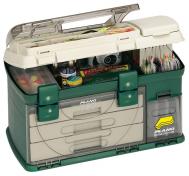
Parts Organizers
There will eventually come a point when you’ll need to store more than a few tools and some spare nuts and bolts. When that day comes, having a parts-organizer can make it easy to carry common spare parts (tie-rods, suspension arms, body mounts, hubs, etc), tuning options (pinions, springs, etc), and spare electronics (servos, ESCs, motors, etc). Look for hinged, easy-to-stack, containers with adjustable compartments that will let you tailor how it’s laid out inside. These can be found at hardware stores, big-box chains (outdoor or automotive aisles) or online at places like McMaster-Carr, MSC, or Grainger.
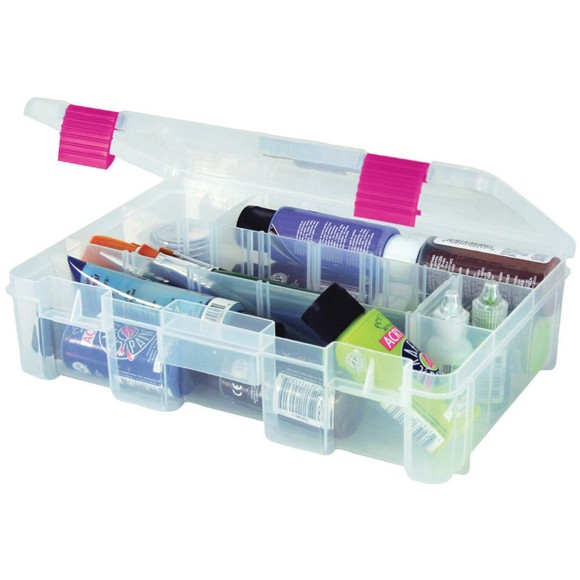
Hand Tools
Even though most RTRs come with the tools required to perform basic maintenance, they’re usually low quality and aren’t the fastest way to effect repairs at the track. Stock your tool box carefully and you’ll be able to fix anything at the track as long as you have the parts on hand.
- High quality allen wrench set
- Medium/small pliers (regular and needle-nose)
- Small wire cutters
- Hobby scissors
- Hobby knife
- Ratcheting screwdriver set (screw, allen, & socket attachments)
- Double sided tape
- Electrical tape/shrink tube
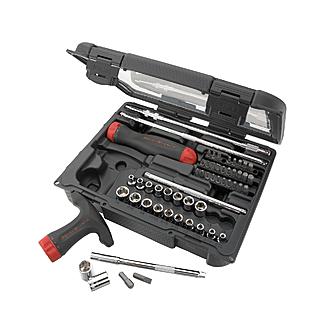
Infrared Temperature Gun
There’s no way to know how hard you’re pushing your brushless ESC and motor without an infrared temp gun. They’re available online and at most hardware/automotive stores. Now you’ll be able to run longer with confidence, without overheating your equipment and make more effective gearing/timing changes.
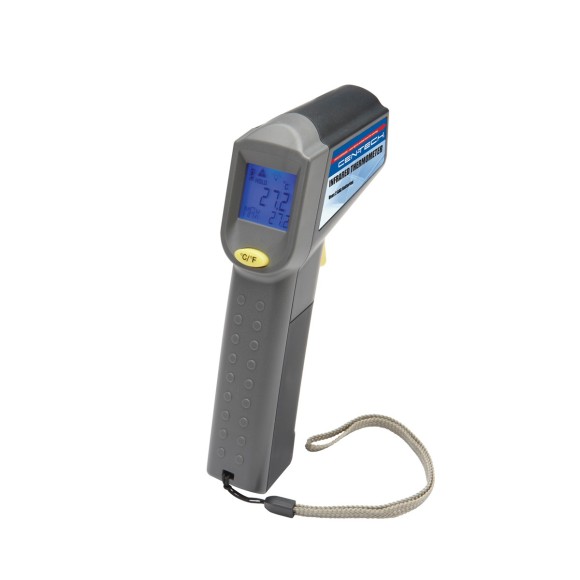
Tuning Board
Three items will make it incredibly easy to tune your rig at the track. A set of dial calipers cost approximately $15-25 and are useful for a multitude of things, including setting up your shocks and ride-height. When combined with a camber gauge like the one offered by RPM, you’ll be able to repeatedly and consistently setup your suspension. These measurements aren’t reliable though if you don’t have a flat, smooth surface to measure from so use a thick plastic panel (~3/8”) as a pit-mat to make accurate measurements. As a bonus, if you have a rolling tool-chest (like the one shown above) you can Velcro the plastic to the top of it and use the tool-chest as additional pit-space!
Kevin recently made his own pit board. Check it out here for ideas.
Other Stuff
Depending on the creature-comforts offered by your local track, you may also want to consider packing a few other items to keep from having to leave the track mid-day. Paper towels, shop rags, hand cleaner/sanitizer, snacks, drinks, even a little radio/MP3 player can make the time between runs go by faster. Just keep the volume to a reasonable level – not everyone wants to hear your copy of Limp Bizkit’s Greatest Hits…



 February 24th, 2014
February 24th, 2014  Matt
Matt  Posted in
Posted in  Tags:
Tags: